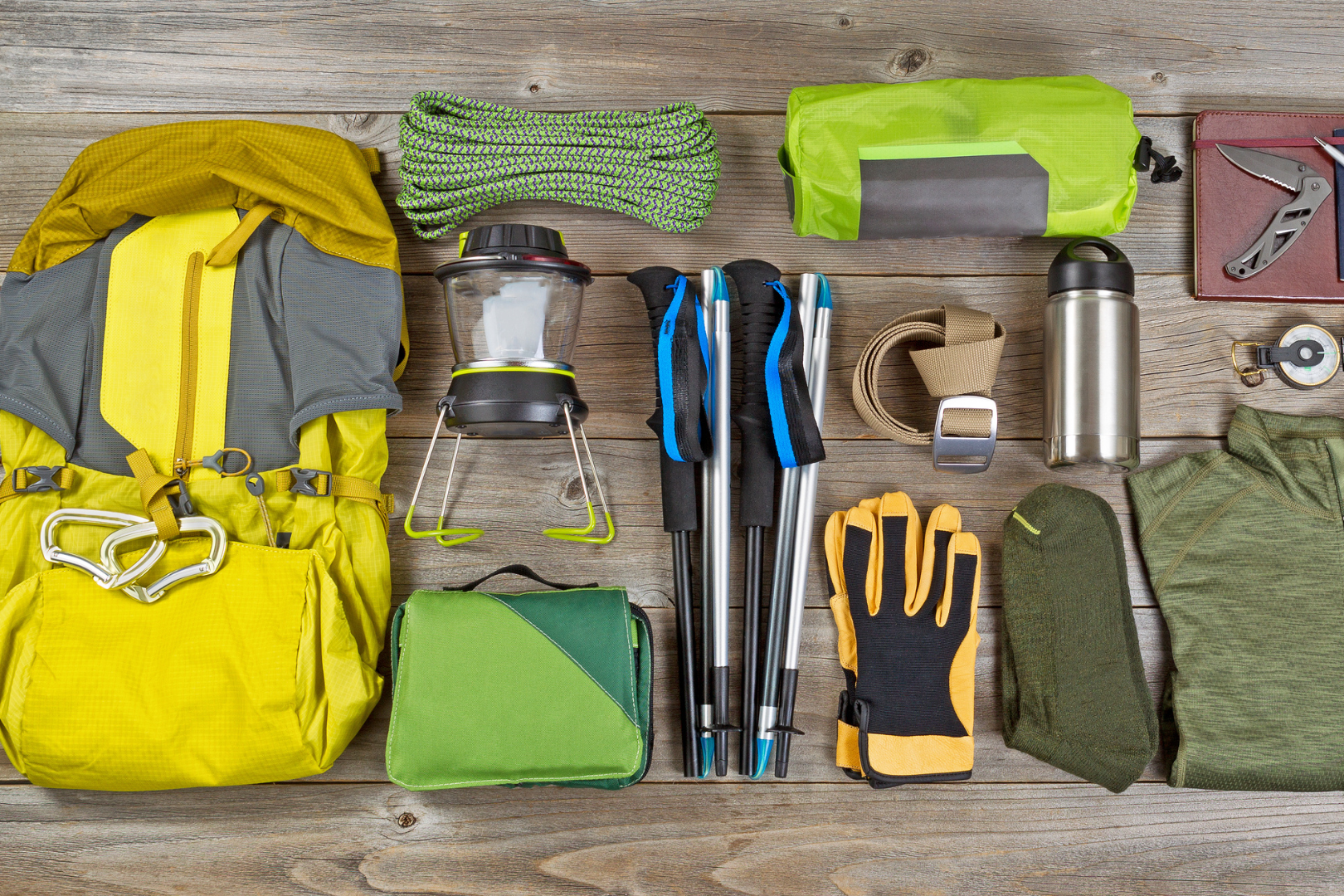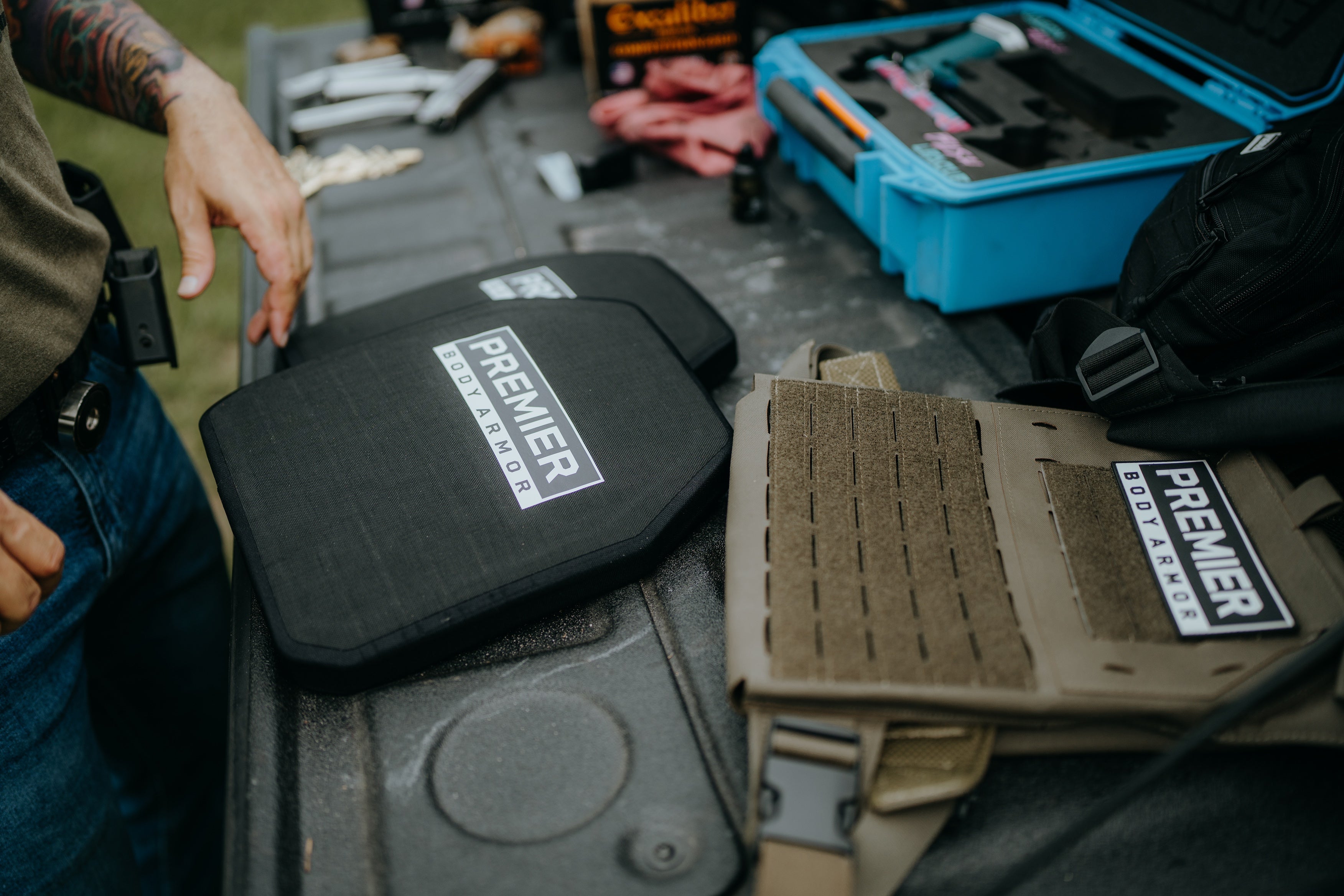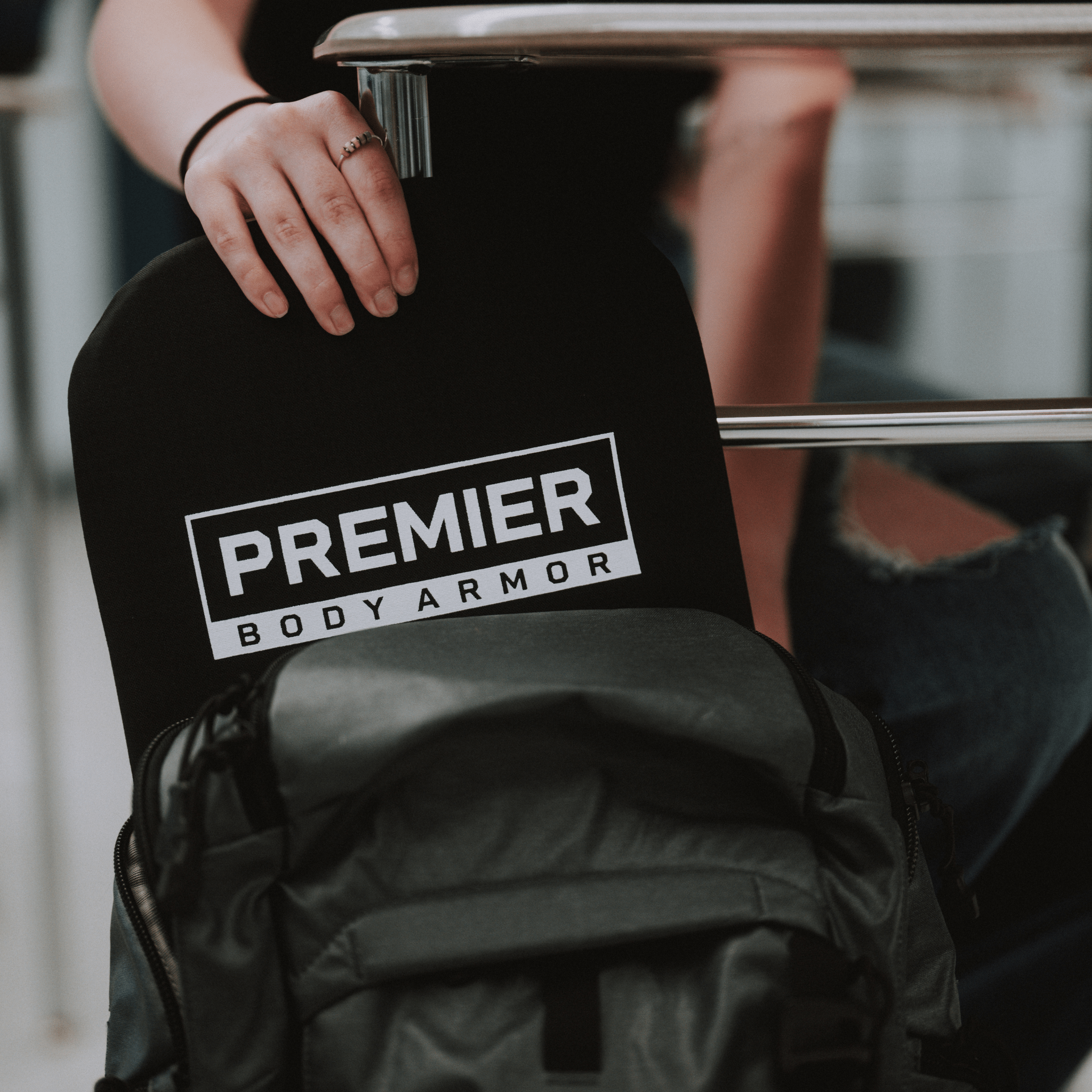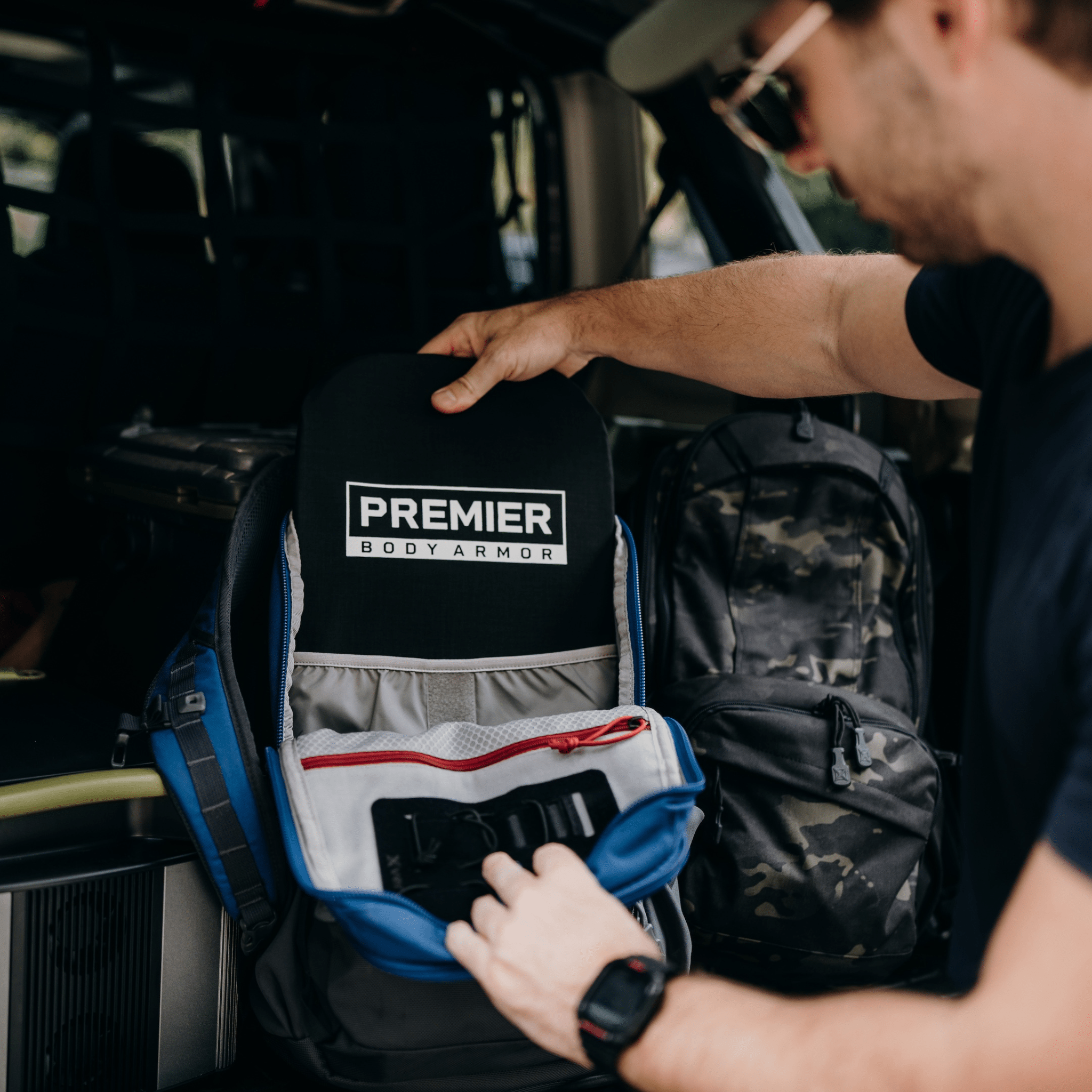The Complete Best Bushcraft Clothing Guide
It is important to have the right bushcraft clothing because they may be all that is protecting you from the worst mother nature can throw at you. Be it the coat on your back, the gloves on your hands, or the shoes on your feet, well-chosen equipment could mean the difference between comfort and mere survival.

Not only that, but if you are overexposed to the elements or subjected to excessive chafing or abrasions various infections could set in that will cut your time in the wilderness unfortunately short.
The Importance of Having the Right Bushcraft Clothes
Before digging into the subject of bushcraft clothing, it’s important to answer the question “what is bushcraft?” In as basic of terms as possible, bushcraft encompasses the skills, equipment, gear, and best practices needed to survive and even thrive away from civilization as we know it.
While it may seem at first glance to be like full-time camping, bushcraft can be differentiated from backpacking, through-hiking, and the like in that you are unable to fully rely merely on supplies that you bring with you.
Certain consumables will be a necessity, such as food supplements and water purification supplies, but beyond essentials you will need to use your bushcraft tools and gear to provide for daily necessities. The most basic necessity is shelter from the elements, and the right bushcraft clothes will be the foundation of protection from heat, cold, or excessive moisture.
Cotton or Wool: Which is Better for Bushcraft?
It may seem complicated on the surface, but the answer is quite simple. Wool is better, and it’s not even close. Merino wool, specifically. It breathes better, dries more quickly, is less prone to shrinkage, and provides more warmth when wet.
It is also lighter and less abrasive than cotton when wet. Bushcraft wool clothing comes in all styles, sizes, and weights for whatever conditions you anticipate facing. While it is generally more expensive than its cotton counterparts, you won’t remember a few bucks in the blazing heat, freezing cold, or pouring rain.
On the other hand, if you cheap out and go with cotton you may regret it after there’s nothing you can do about it.
Choosing the Right Bushcraft Clothing for Your Environment
While shopping for bushcraft apparel it is important to take into account your local climate, typical rainfall or snowfall, and the type of terrain you may be traversing. Bushcraft can be a rewarding and enjoyable hobby, but at the end of the day it should ultimately be considered practice for needing to live away from society for an indefinite period of time.
Planning for disaster means preparation, and to prepare properly requires multiple layers of bushcraft clothing in addition to layers of skills and knowledge working together. Whatever garments will be closest to your skin should be merino wool that fits closely, but not to the point that it is noticeably tight. If anything is too loose it may shift around excessively and cause chafing.
When worn as a base layer under other clothing it can also bunch up and cause hot spots. Outerwear should be breathable, as water resistant as possible without sacrificing breathability, and insulated to a degree appropriate for typical weather conditions in your area.
If you do not anticipate needing a warm outer garment, pack lightly and go with a long sleeve sun resistant shirt paired with the lightest rain slicker you can find in case of inclement weather.
The Best Bushcraft Pants
The best bushcraft pants are going to be made of a tough yet lightweight material, but not denim or any sort of “tech” fabric. Denim is predominantly cotton, which will chafe when dry and be overly-heavy when wet from rain or sweat. Quick dry, tech fabrics, and the like are wonderfully breathable and handle moisture well, but will not stand up to walking through the brush.
Your best bet will be a polyester blend, as is commonly found in pants made from “ripstop” type materials. Most of these kinds of bushcraft pants are water resistant, brush and light thorn tolerant, and soft enough to be comfortable for long hikes.
The Best Bushcraft Shirts
The best bushcraft shirt for you will have a lot to do with what weather conditions you anticipate, but it will definitely be wool or a wool blend of appropriate weight for said temperatures. You may get tired of hearing about wool eventually, but there’s a reason it comes so highly-recommended.
A button-down style offers the most versatility. The sleeves can be rolled up and the front opened for warmer conditions, or it can be buttoned up with the sleeves down and collar raised in cool or windy weather.
Your bushcraft shirt can be your workhorse jack-of-all-trades if chosen carefully and set up flexibly for a wide variety of environments, including being sun protection and a complement to a good coat.
The Best Bushcraft Jackets
The best bushcraft jacket, similar to the shirt but on a greater scale, needs to be pretty good at just about everything. This may sound obvious off hand, but it’s an important distinction to make. You wouldn’t want your bushcraft jacket to be the best at everything because it would become a liability.
If it were as warm as possible it would be too bulky. If it were completely waterproof it would lack breathability. If it were super light and packable it would not provide enough water or cold resistance. An ideal jacket for your bushcraft needs would be:
- Highly water resistant
- Warm on its own, but downright toasty when paired with the right shirt and base layer
- Breathable, either through the use of vents that can be opened as needed or by virtue of the materials used.
- One with a hood
- Comfortable to wear
The Best Bushcraft Underwear
Bushcraft underwear may vary in length or weight, but in materials merino wool is always the word. On the lower body, long underwear is advisable regardless of season and temperature because it will help mitigate chafing and add another layer all the way down to protect your legs from brush or thorns while walking.
The weight is up to you based on the temperatures you expect to endure, but being as how underwear is fairly light you could always pack a set of thermal underwear in case the weather turns against you.
In terms of upper body, a long-sleeved base layer would only be advisable if you are sure you will consistently face cool or outright cold temperatures. A lot of temperature regulation can be done with how and when you wear your shirt and jacket.
The Best Bushcraft Hats
The best bushcraft hats are going to be able to protect you from the sun and cold, but probably not both at the same time. Any hat you bring should be fairly light weight, either by virtue of its materials or construction, so why not bring two?
In the event that it gets chilly due to the weather or as night falls, a beanie made of, you guessed it, merino wool is light enough and packable enough that you won’t think about it until you need it.
For daytime use, barring cold or rain, a “boonie” or “bucket” style hat with a broad enough brim to keep the sun off most of your face, ears, and neck works well for most conditions.
If it’s cold and you’re wearing a beanie then the sun won’t be as direct, and you may use a “buff” or neck gaiter which you can pull up above your nose to cover most of your face.
If it’s raining, you’ll probably have the hood up from your jacket unless it’s just sprinkling.
The Best Bushcraft Gloves
The best bushcraft gloves will provide a good balance of abrasion resistance, dexterity, and insulation if needed. Leather is not strictly a requirement unless you need to tackle thorns on a regular basis.
Several brands of gloves have their own proprietary materials that are more than sufficient for chores around camp or in the bush, and they often offer insulated versions of their most popular gloves as well. You should be sure to get bushcraft gloves that either have velcro cuffs or gauntlets extended enough to keep debris out as you work.
If you plan to use an axe or other heavy duty tools such as a mattock regularly, consider gloves with padded palms to mitigate the impact of the extended use of such tools.
The Best Bushcraft Shoes and Boots
The best bushcraft shoes will be boots that are waterproof, provide sufficient traction on most terrains, and supportive enough of your feet and ankles to prevent injury during extended hiking.
Bushcraft boots should be at least mid-height, or higher if you expect to cross many creeks or streams. The best boots for bushcraft will be dependent on local conditions, but needless to say they also need to be insulated enough to keep your feet warm all the way to your toes. 200 grams of insulation is a good minimum, but more will be necessary in the event of consistently sub-freezing conditions or snowy and icy conditions.
Higher boots provide more warmth in addition to the fact that they will also necessitate higher socks.
The Best Socks for Bushcraft
The best socks for bushcraft will be mostly made of, you guessed it, merino wool. Bushcraft wool socks should be at least half cushioned to help prevent blisters and provide some impact resistance for when you’re on your feet for a long time. They will probably be at least 70% wool with one or two synthetic materials, one of which will be stretchy.
Full cushion socks will typically be 80% or higher, though for bushcraft purposes it would be advisable to stay away from 100% wool socks. They don’t flex with you as much and can be difficult to put on or remove. Another benefit of full cushion socks is added warmth.
In terms of length, “quarter” length socks are a good minimum. At that length they will definitely be above any mid-height boots and can be rolled down a bit if needed for temperature regulation or as a method of shoelace management. Obviously, crew length or higher socks will be necessary for high boots.
It can get expensive in a hurry, but there will be no substitute for having the right gear when the chips are down. It should be said too that the first time you use your gear should NOT be when you need it, especially the boots. Finding out that something doesn’t fit correctly, chafes in unfortunate places, or isn’t sufficiently waterproof once you are away from civilization is a recipe for extreme discomfort, injury, or possibly even death.










Leave a comment